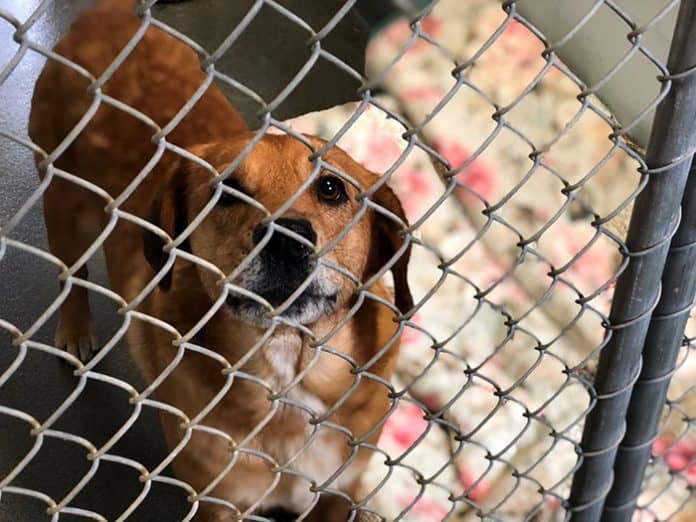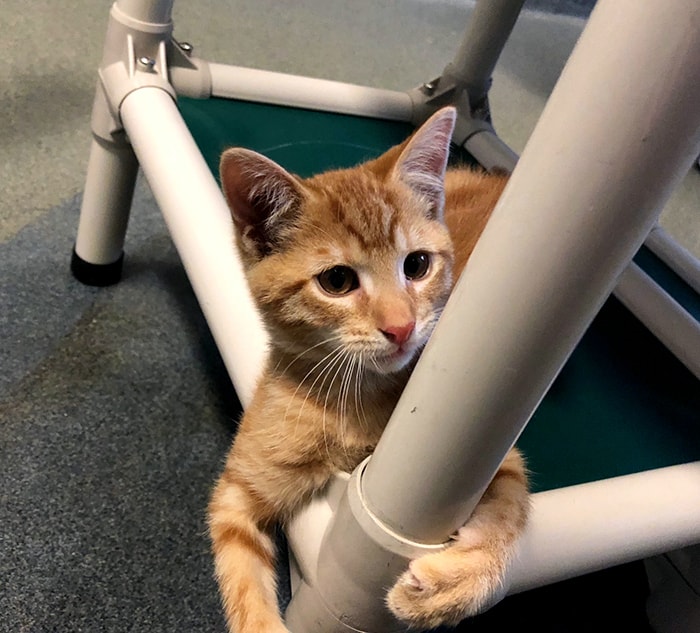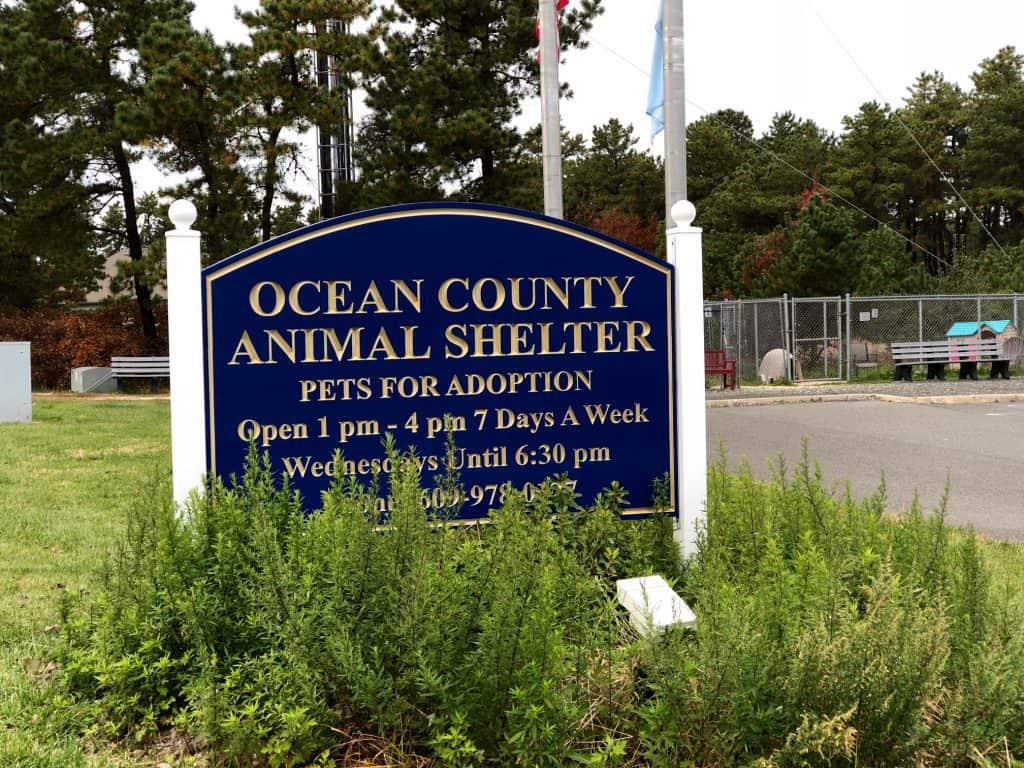
OCEAN COUNTY – While you may know where you can find an animal for adoption near you, you may not be aware of how many choices you really have.
Volunteers at local shelters and rescues confirm that what you see may not be what you get, in terms of numbers. When it comes down to it, state statistics on the number of adoptable animals leave a lot to be desired.
Local animal shelters and organizations are taking part in a nationwide initiative to provide accurate data on rescue animals. As Friends of the Southern Ocean County Animal Shelter (FOSOCAS) explains it, the way the state of New Jersey defines “rescues” leaves them out of the state-wide census for shelter animals.
Maureen Flaherty of the FOSOCAS, a nonprofit organization that aids the Southern Ocean County Animal Shelter, stated that while this is still completely lawful, these definitions skew the true data, showing fewer animals up for adoption than truly exist.
“Rescue animals are those held by an animal rescue organization in an animal rescue facility….Stray and free roaming animals are captured by animal control officers and impounded in a licensed impoundment facility,” stated Colin Campbell, State Public Health Veterinarian of the State Department of Health.
The state has separate definitions for an animal rescue facility and a shelter, defining a shelter as “any establishment where dogs or other animals are received, housed and distributed,” according to Campbell.

The state Department of Health categorizes stray animals that are taken in, into four areas: impounded, adopted, redeemed and euthanized. This can be found in the departments yearly Infectious and Zoonotic Disease Program Stray Animal Intake and Disposition Survey.
Flaherty explained that this is how the state misses some adoptable animals in creating the census.
“Every animal that enters a public shelter in New Jersey is accounted for. They will either be listed as adopted, reclaimed, euthanized or dead on arrival…If charities are viewed under the law as persons when a charity/rescue takes an animal from the shelter the animal is considered adopted,” Flaherty said.
According to Campbell, rescues and foster homes are usually private establishments where animals are temporarily housed while waiting for long-term adoption. “As such, the numbers of dogs held in private homes for adoption (rescues and fosters) is unknown,” he added.
To fix this misconception and provide an accurate count of all animals, strays, rescues, and the like, some of our local Ocean County rescue organizations have taken part in a national campaign called Shelter Animals Count.
“What shelter animals Count’s attempts to do is to discriminate from animals that are adopted by people and go to loving homes and animals that are rescued from shelters and other situations and still in need of homes,” she added.
“While great progress has been made, accurate and comprehensive nation-wide data does not exist. It’s precisely this data that will guide good decision-making, and help us save thousands of sheltered animals’ lives. The numbers really do count,” stated the Shelter Animals Count website.
Shelter Animals Count works with shelters all over the country to collect data to create and share a national database of sheltered animal statistics. The accurate data helps to save more animal lives and prevent animal homelessness, according to the organization.

Sara Kent of Shelter Animals Count explained that the collaboration of the organizations reporting data transparently allows the organization to offer many benefits, including:
- Providing shelters and rescues with a wealth of information on national trends that may affect their organizations.
- Providing the ability to view data from similar organizations with similar demographics, climate, geography, or other variables.
- Permitting researchers to perform the kind of analysis that individual organizations request and would otherwise need to fund.
- Allowing for measurement of the impact of shelter and rescue best practices.
“The obvious conclusion is that the number of animals that are in loving homes for the remainder of their lives is over reported by the state,” concluded Flaherty.
Local shelters participate in the database including Mama’s Gona Rescue of Tuckerton, Big East Akita Rescue of Toms River, Shiba Rescue of New Jersey of Toms River, Jersey Shore Animal Shelter of Brick, Tails of Hope in Oakhurst, and All Fur Love Animal Rescue in Freehold, among others. Kent noted that the organization works with eight shelters total between Ocean and Monmouth Counties.
“Of the nearly 3,000 organizations who reported data monthly for 2017 to Shelter Animals Count, approximately half were rescue organizations. In 2017, they reported a total intake of 355,194 cats and dogs,” said Kent.
Campbell added that the New Jersey Department of Health (NJDOH) requests, but does not mandate, that licensed shelters and pounds complete a survey each year on the number of dogs and cats they house. However, not all relay the information to the department, he added.
If you wish to take the charge yourself and look into adopting, visit one of these local shelters working on making shelter animals count:
- Mama’s Gona Rescue: mamasgonarescue.com/
- Big East Akita Rescue: bigeastakitarescue.org/
- Shiba Rescue: shibarescuenj.org/
- Jersey Shore Animal Rescue: jerseyshoreanimalcenter.org/
- Tails of Hope: tailsofhopenj.com/
- All Fur Love Animal Rescue: allfurlove.org/
County shelters are located at:
- Northern Ocean County Animal Facility, 615 Freemont Avenue, Jackson
- Southern Ocean County Animal Facility, 360 Haywood Road, Manahawkin
- Web: ochd.org/animal-shelters-adoptions/
Monmouth County SPCA, 260 Wall Street, Eatontown






